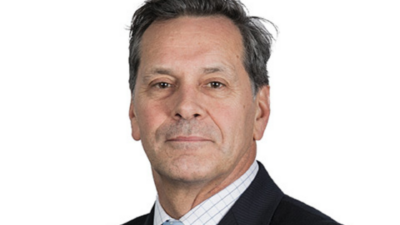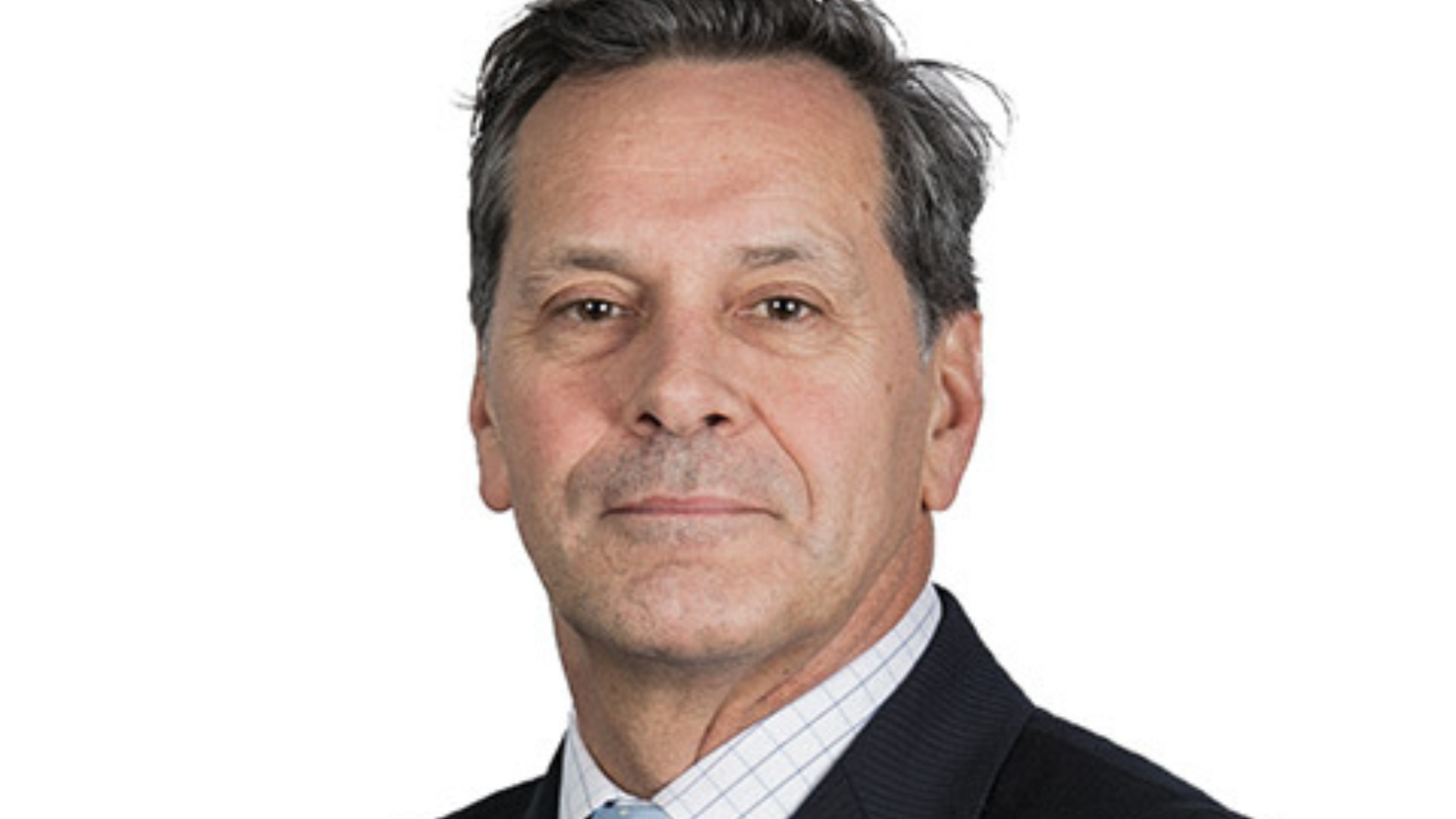Bonds versus cash: worth studying
(Pictured: Roger Bridges)
Comment by Greg Bright
Australian investors have largely missed out on the 20-year bond rally, preferring to invest in cash for their liquid/defensive asset holding, according to Roger Bridges. He has the evidence to back this up but it’s not really the full story.
Bridges is the respected head of fixed income for Tyndall AM and produces interesting research notes for clients. In his latest, ‘Choosing Cash Over Fixed Income No Longer Makes Sense’, he says the returns on fixed income have “actually been superior to the returns on term deposits over the past 10 years”. This would not surprise the head of fixed interest at a big super fund but may be a surprise to an SMSF investor.
Bridges points to the aggregate asset allocation of pension funds in the most recent OECD Global Pension Statistics as at December 2012. They show Australia with the lowest allocation to bills and bonds (10 per cent) and highest to cash and deposits (18 per cent). The US has 21 per cent in bills and bonds, Canada 37 per cent, Switzerland 35 per cent, Japan 36 per cent, Germany 51 per cent, and UK 33 per cent. The closest to Australia in cash is Switzerland with 8 per cent.
He says: “The reason for this disparity is partly due to a lack of familiarity with fixed income in the Australian market and partly because historically Australian cash rates were high, leaving very little premium on the cash rate on the 10-year bond… these investors missed out on the major benefit of holding high quality bonds – the negative correlation they provide to equities. This particularly came to light in the GFC when equity prices collapsed and Australian investors had no fixed income exposure to offset the negative returns from equities. In fact, as cash rates fell to help stabilise the economy, cash holdings performed poorly compared with fixed income.”
What Bridges doesn’t say is that Australian funds have by far the highest level of cash inflows in the world, thanks to the SG and the still-young average member profile. Super funds often struggle to stay fully invested as per their tactical and dynamic asset allocation tilts let alone strategic asset allocations. That is relevant for both liquidity reasons and to have a defensive buffer.
Australia also has the highest proportion of defined contribution funds in the world – about 92 per cent – and these are not as susceptible to funding impacts from market volatility.
Smaller Australian funds can take advantage of certain term deposit rates from time to time, but it’s very difficult for big funds to get set. In fact one of the reasons big funds’ member-directed investment options are growing in acceptance is that retail term deposit rates, which these options can access, are higher than the wholesale rates.
Australia has a relatively high level of alternatives too – 26 per cent compared with the world average of 18 per cent – but admittedly lower than the US, Canada, Switzerland and (believe it or not) Japan. But this doesn’t tell the full story either.
Australia has led the way in infrastructure investments around the world, particularly the big industry funds but also the smaller funds and even some retail through Macquarie and others. The risk/return profile of many infrastructure investments is very similar to that of bonds.
Anecdotally, the Australian “other” category would have far fewer reasonably liquid hedge funds than the rest and much more bond-like but not very liquid infrastructure investments.
Bridges’ notes are also worth reading, though. And perhaps all investors have exited bonds a little more than they should in the current environment. Read the full report.










